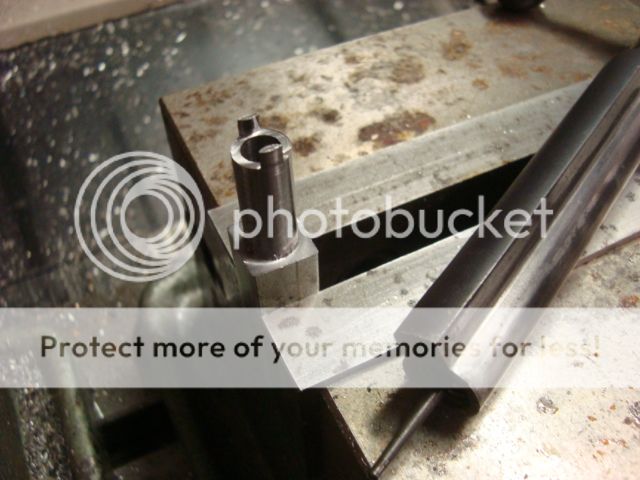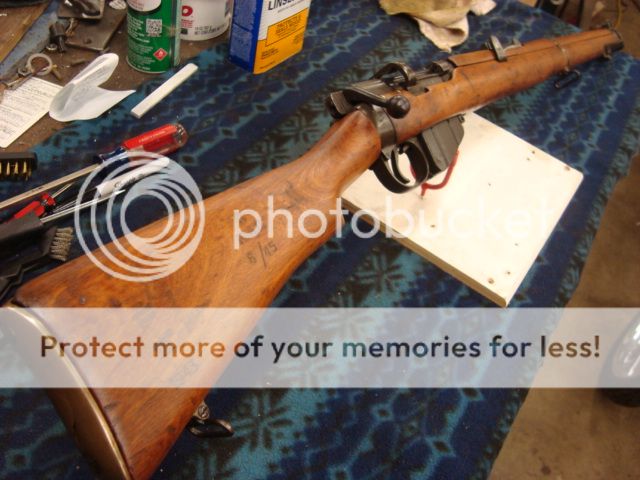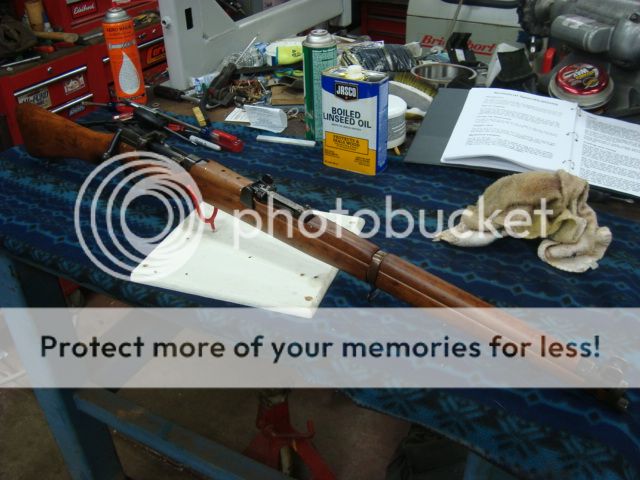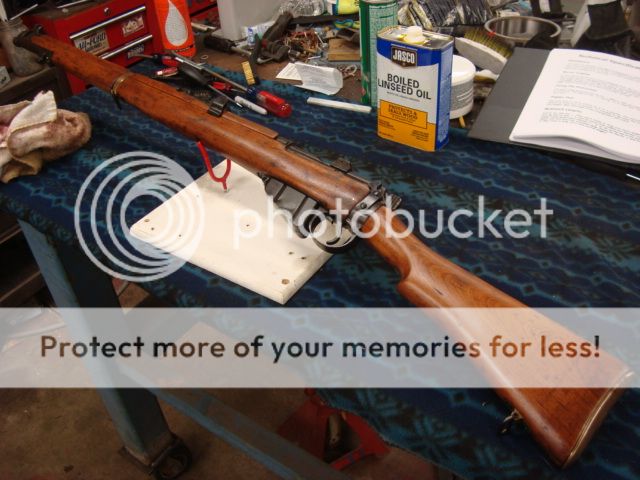Ranchero50
Ultimate Member
This is intended to be a follow up thread on the steps I'm going through to get my MkIII in shooter condition and restore the stock to a military finish. I've spent my spare time the last couple days doing research on it and hope to share some of what I've found and hopefully learn more about it.
As found...
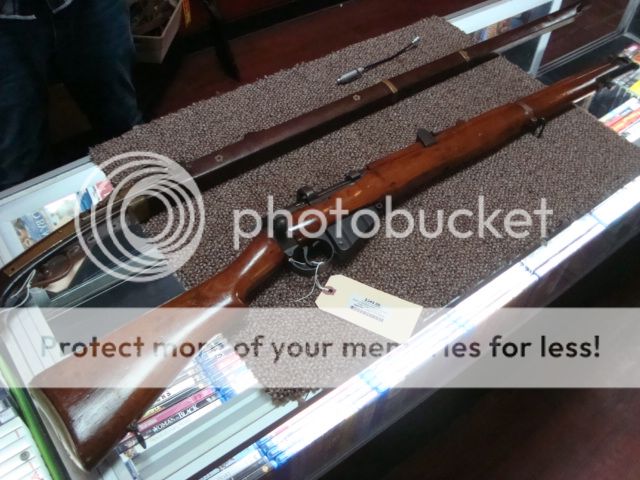
Today I fired up the furnace in the shop and took it apart. Other than buggered heads on most of the screws from prior work it came apart nicely. One quick tip if you find yourself fighting a buggered head is to file or use a belt sander to true up the end of the tip on your screw driver. It'll put a sharp corner on the tip that will try to grab vs. round out of the slot.
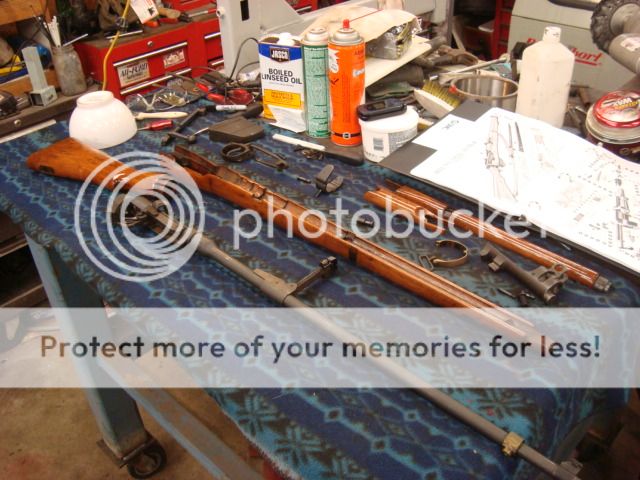
From what I can tell the wood belongs to the rifle. The fore stock has the S/N stamped. I'm not sure on it's history though. The receiver is a 1941 but the butt stock it stamped with a '43 date. It's also appears to be an arsenal refinish circa 6/45. Most of the metal is parkerized and shows rust pitting under the parkerizing. I was stumped for a while by the HV beside the III* but think it designates a heavy barrel.
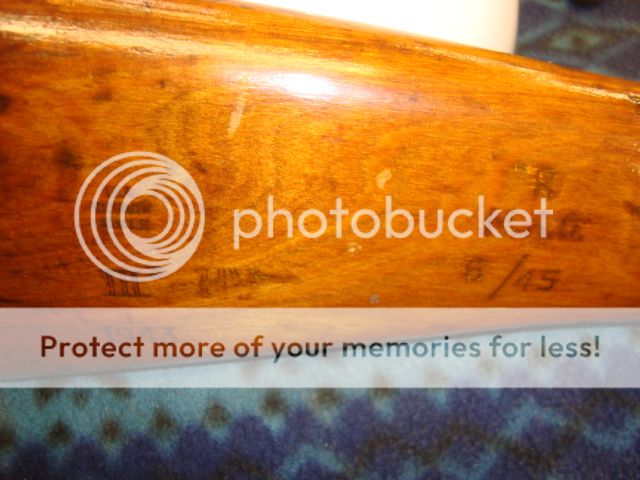
Behind the rear sight is HV and SC stamped in the barrel. Not sure what the SC would stand for. (Edit, HV means the rear sight is calibrated for High Velocity ammo, SC means Short Cone, chamber modified for Mk VII ammo)
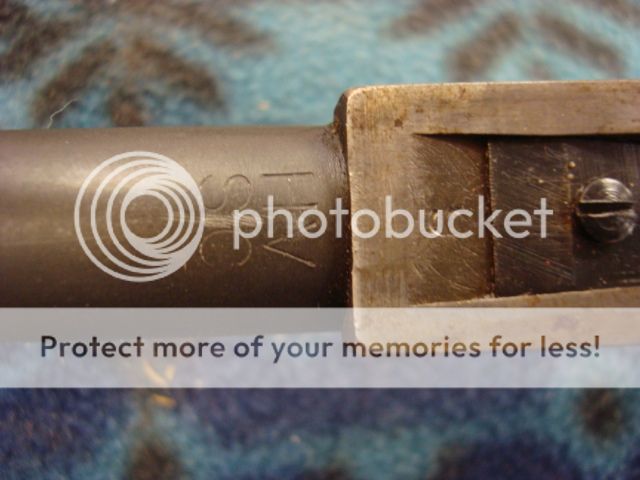
Bottom of the butt stock has stamps, what looks like some O's and LAZ 43 followed by some arsenal Q/A pass cartouches.
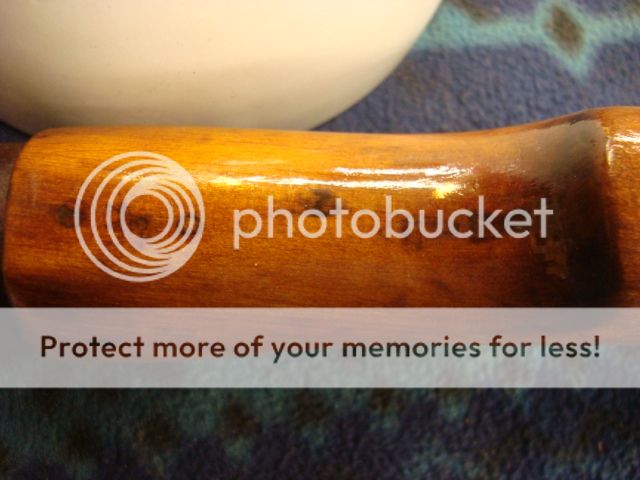
Fore stock shares the receiver S/N but there also looks to be another smudged number.
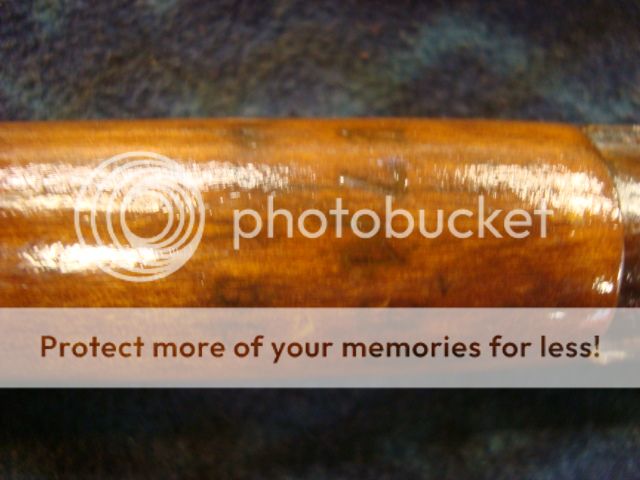
From what I've read the nose cap is the version with lightening holes and no stacking swivel holes.
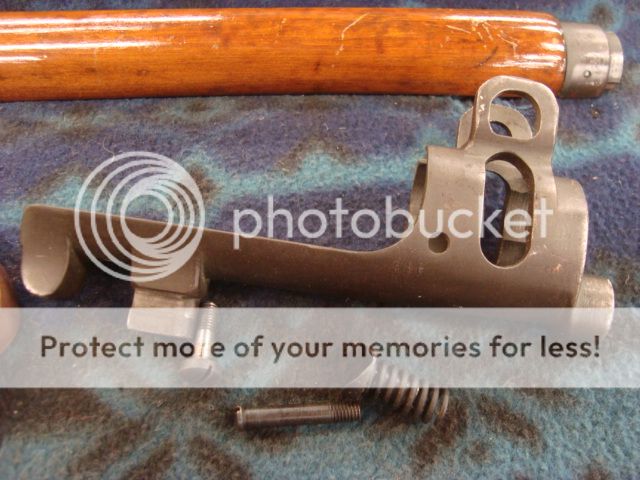
It shares the receiver S/N and has parkerizing over rust pitting.
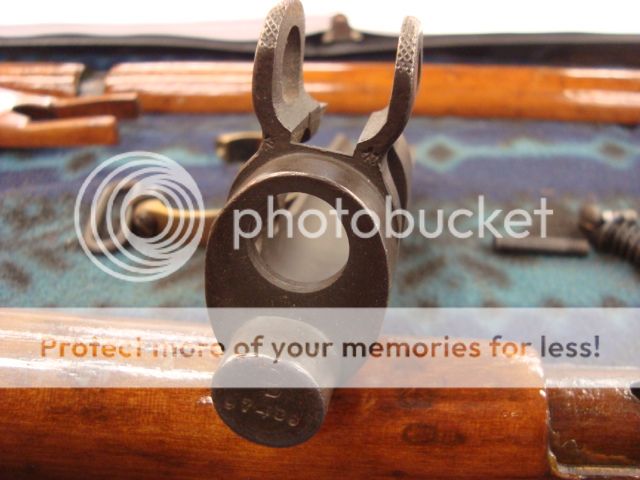
Rear sight guard has the arsenal broad arrow. It also has the offset tang to allow for the windage adjustable rear sight but from what I've found, they were not installed in most war rifles to keep costs down.
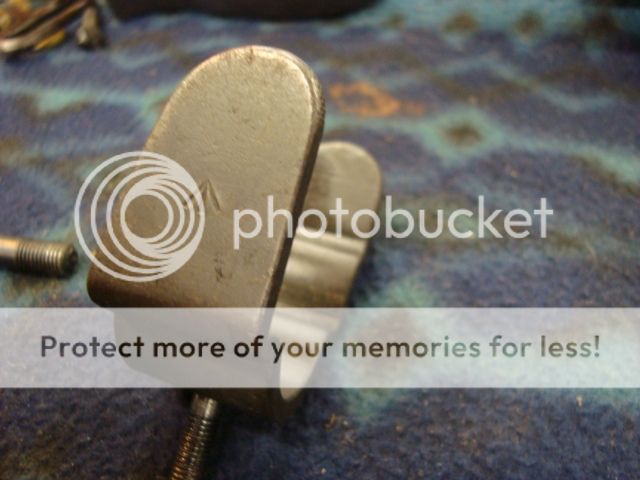
More to come.
As found...

Today I fired up the furnace in the shop and took it apart. Other than buggered heads on most of the screws from prior work it came apart nicely. One quick tip if you find yourself fighting a buggered head is to file or use a belt sander to true up the end of the tip on your screw driver. It'll put a sharp corner on the tip that will try to grab vs. round out of the slot.

From what I can tell the wood belongs to the rifle. The fore stock has the S/N stamped. I'm not sure on it's history though. The receiver is a 1941 but the butt stock it stamped with a '43 date. It's also appears to be an arsenal refinish circa 6/45. Most of the metal is parkerized and shows rust pitting under the parkerizing. I was stumped for a while by the HV beside the III* but think it designates a heavy barrel.

Behind the rear sight is HV and SC stamped in the barrel. Not sure what the SC would stand for. (Edit, HV means the rear sight is calibrated for High Velocity ammo, SC means Short Cone, chamber modified for Mk VII ammo)

Bottom of the butt stock has stamps, what looks like some O's and LAZ 43 followed by some arsenal Q/A pass cartouches.

Fore stock shares the receiver S/N but there also looks to be another smudged number.

From what I've read the nose cap is the version with lightening holes and no stacking swivel holes.

It shares the receiver S/N and has parkerizing over rust pitting.

Rear sight guard has the arsenal broad arrow. It also has the offset tang to allow for the windage adjustable rear sight but from what I've found, they were not installed in most war rifles to keep costs down.

More to come.
Last edited:

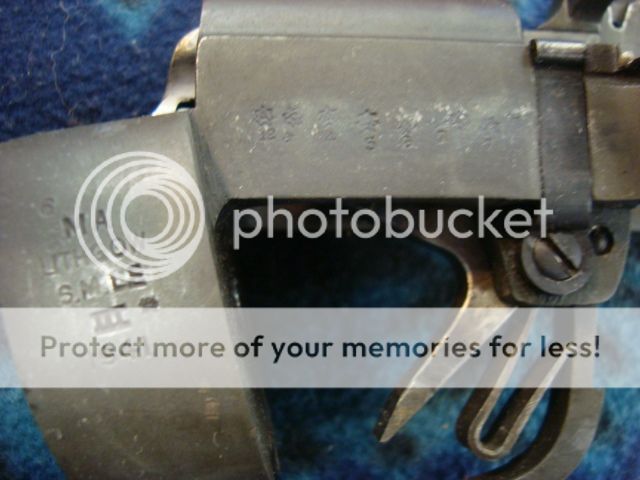
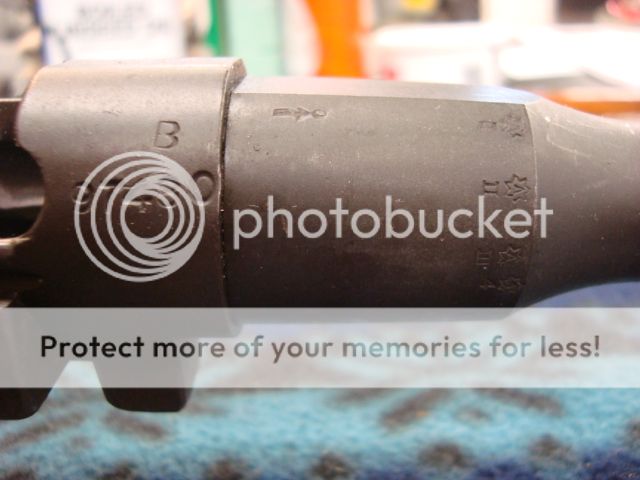
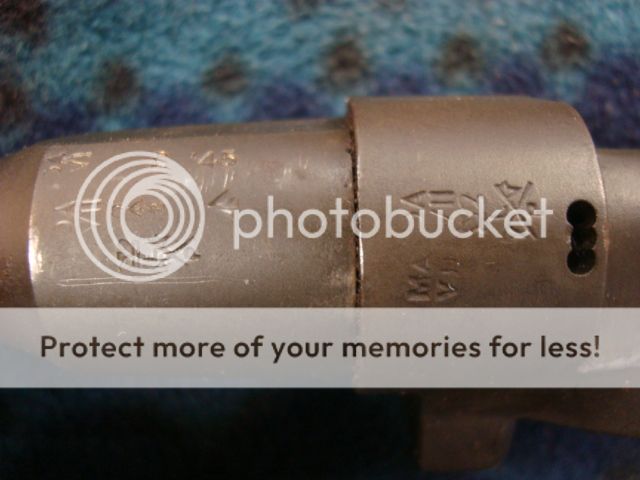
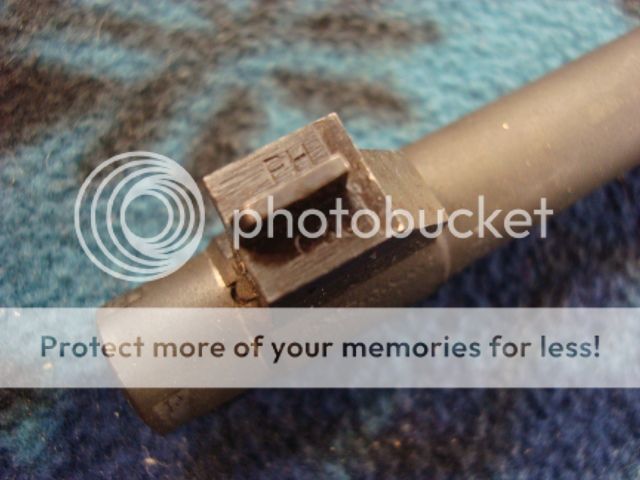
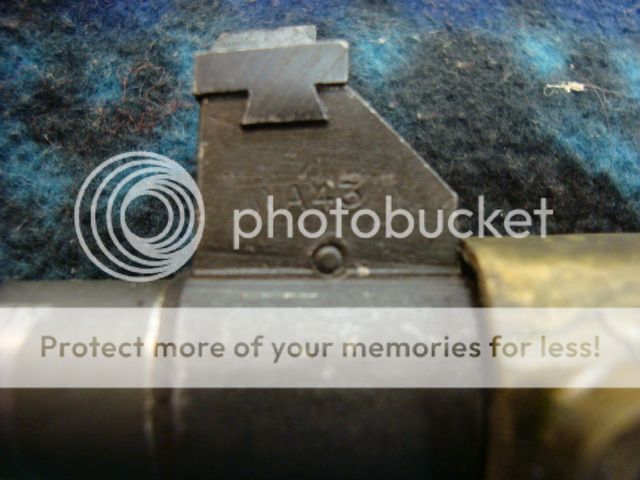
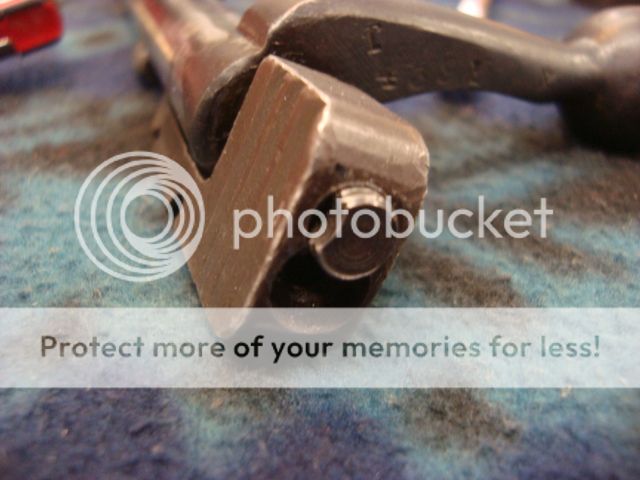
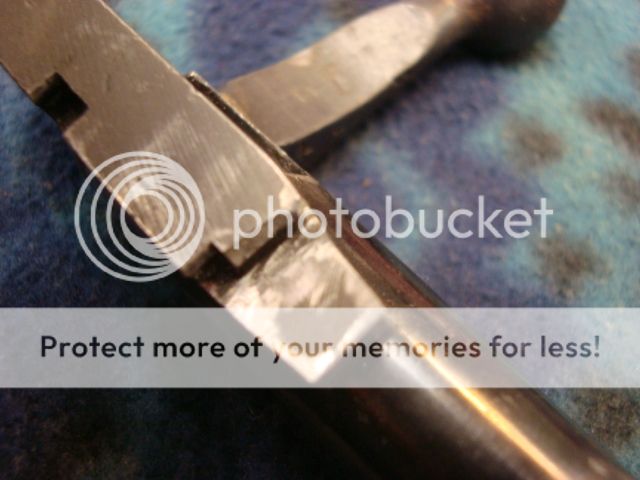
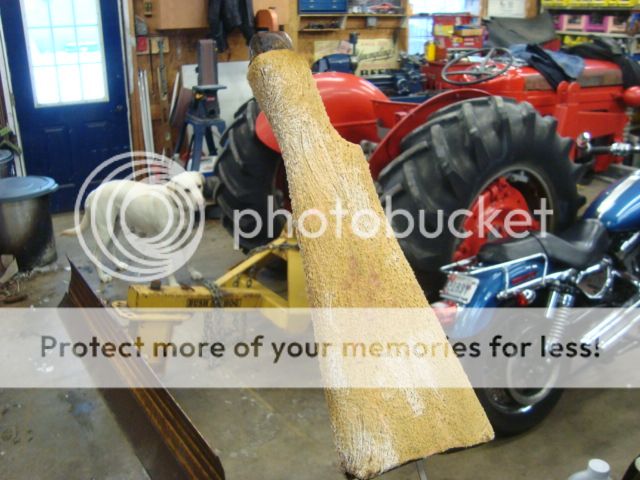
 Found some dimensions in an old NRA article on how to sporterize your Enfield. Sadly the PDF was corrupted so I couldn't print it. The dimensions on the part drawing were wrong too but close enough for me to compensate. Once reassembled the firing pin protrusion is .050". Oh yeah, the pin shaft had plier marks on it so who knows how long the locking screw was missing.
Found some dimensions in an old NRA article on how to sporterize your Enfield. Sadly the PDF was corrupted so I couldn't print it. The dimensions on the part drawing were wrong too but close enough for me to compensate. Once reassembled the firing pin protrusion is .050". Oh yeah, the pin shaft had plier marks on it so who knows how long the locking screw was missing.